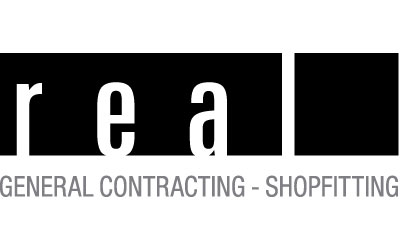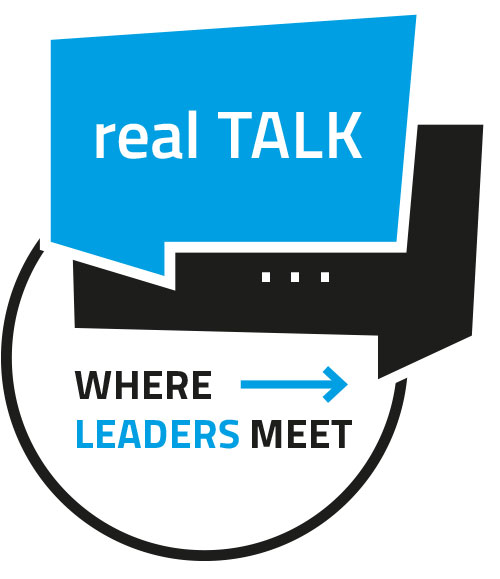Due to the situation of the last 1.5 years, the daily work of millions of employees has changed significantly. Instead of the office, it’s now home office. And with very different results. Some employees feel comfortable at their new home office, while others want to return to the work environment. A result that could soon make hybrid working indispensable.
First of all, we need to clarify what hybrid working actually means. The term refers to the possibility of being flexibly deployable. It gives employees the chance to determine their own workplace, and not only that. Working hours are also allowed to vary and now fit much better into everyday life. Work is given much more flexibility, always against the backdrop of task fulfillment, of course. Instead of focusing on seeing every employee at their workplace on time, the focus should be on formulating results and implementing them according to a time window. During the last 1.5 years, the boundaries between work and private life have become increasingly blurred. A circumstance that many perceived as significantly more profitable. It can increase motivation when your boss trusts you to complete all tasks on time and successfully for the most part. So instead of focusing on attendance at conferences or in the office, it’s okay to be more goal-oriented.
Creating the perfect work-life balance through hybrid working
However, this should then be possible at all workplaces. After all, it would be unattractive for the working atmosphere if the office worker worked at home while the CEO had to be present in the office every day. It is better to reallocate work content, design functioning home offices and encourage regular meetings to review work. Keyword: “culture of trust.” A term from sociology that can be optimally applied to the world of work. The employee is motivated to perform by the trust placed in him. He in turn enjoys the trust of the boss to perform his work conscientiously, no matter where he works from or when. A good system to find the optimal work-life balance. If the work makes it possible. In order to achieve this, workplaces and tasks need to be redesigned for the long term, a new form of communication needs to be found, and a basis for hybrid working needs to be established.
Planning is everything
What at first sounds like a truly mammoth task for the supervisor is actually a simple calculation. What takes work at the beginning and requires constant rethinking pays off in the long run. Work can be done more efficiently, there are fewer disruptions for employees, and there are fewer costs for large office spaces, catering, car trips, ancillary costs for the offices, cleaning helpers and much more. With these advantages in mind, it should be easy to formulate content in concrete terms and to ensure flexible working and reasonably equipped home offices, if these are desired.
Hybrid work awakens autonomy
A fact that has already been implemented in many companies before and shows that it can be done. However, it must always accommodate the wishes of the employees. So anyone who wants to can stay at home. Those who feel uncomfortable doing so, perhaps because the children are a nuisance at home or no adequate workplace can be set up, may of course continue to work in the office. As a middle ground between the two, there is of course also the option of alternating home and office work. Here, precise planning is indispensable, also in order to keep a better eye on the work processes of the individual employees. Regular meetings on site or alternatively in the form of video conferences can help to bring all employees to the same table. This not only builds trust, it ensures satisfaction. After all, there is nothing more important than motivated employees who enjoy their work and are interested in making sure everything works well. Autonomy is the key word here, a foundation for both sides, supervisors and employees.
Image copyright: Lukas Bieri




